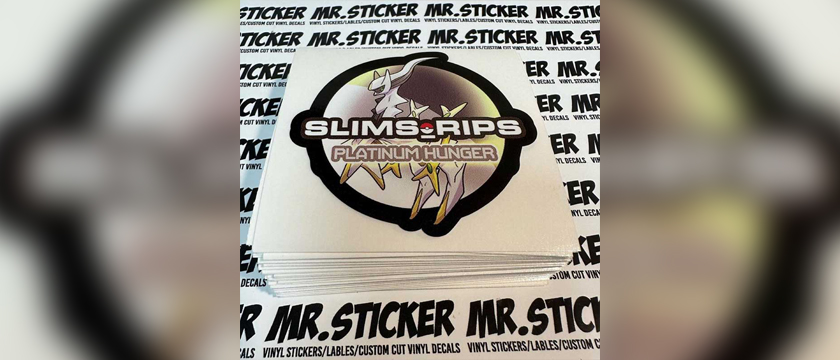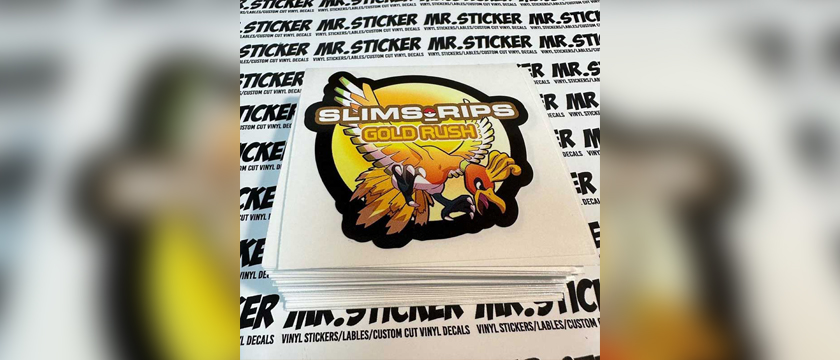Rubber
Rubber-based PSAs were the first PSAs commercially available to the industry. They are derived from common raw materials, easy to produce, and offer a wide range of formulation possibilities. A rubber-based polymer does not inherently have pressure-sensitive properties at room temperature. It has to be formulated with tackifying resins, oils, plasticizers, antioxidants, and possibly pigments to produce a functional PSA. Rubber-based PSAs provide high adhesion to a variety of substrates and face stocks, including low-energy plastics such as polyethylene and polypropylene. Historically, rubber-based PSAs also offer the lowest production costs. The limiting properties of rubber-based PSAs are poor chemical resistance, degradation at temperatures higher than 65 C (150 F), and poor UV resistance. These factors restrict their useful life for exterior applications. Additionally, they are susceptible to oxidation over time, which will cause them to darken, lose tack, and become brittle. When matched with or laminated to a plasticized vinyl film, plasticizer from the vinyl can migrate into the adhesive, causing it to become gummy and lose any shear or holding power. Therefore, when formulating a pressure-sensitive product with flexible vinyl and a rubber-based PSA, it must be tested thoroughly.
Natural rubber resins
Natural rubber is derived from a variety of trees as a white, milky latex. The primary tree species to produce rubber latex is the Para rubber tree (Hevea brasiliensis). Latex can also be referred to as Congo rubber, when it is derived from vines in the genus Landolphia. Additionally, dandelion sap contains a low level of rubber latex. However, during the Second World War, it was investigated as a source of rubber latex without success. Latex can go through a number of processes to coagulate the rubber polymer. The primary natural rubber polymer is cis-1,4-polyisoprene.
Synthetic rubber resins
While Para rubber trees are indigenous to South America, natural rubber is not commercially cultivated due to the South American leaf blight. In the 1870s, seedlings were sent to India, Sri Lanka, Thailand, Indonesia, Singapore, and Malaysia to establish plantations. This area of the world became the leading supplier of rubber latex. With the onset of the Second World War, this supply vanished, forcing the U.S. to find alternate sources of rubber polymers, primarily to supply to the war effort.
In the early 1900s, scientists started looking at synthetically producing rubber polymers as a replacement for natural rubber in pneumatic bicycle tires. As rubber demand continued to grow, the cost of natural rubber increased, further pushing demand for synthetic rubber. In 1940, a B.F. Goodrich scientist, Waldo Semon, developed a cost-effective synthetic rubber called Ameripol. The U.S. government also sponsored a major development to improve synthetic rubber, which was successful in producing a styrene-butadiene copolymer derived from petroleum-based monomers, used to manufacture war materials.
In today’s economy, about two-thirds of the total rubber supply is provided by synthetic polymers. Styrene-butadiene rubber (SBR) is widely used to produce PSAs. SBR has a higher temperature resistance compared to natural rubber, but has lower strength and resilience, and poor low-temperature properties. To optimize adhesive performance, SBR resins are blended with natural rubber.
The other family of synthetic rubber resins used in PSA formulations are styrenic block copolymers (SBCs). These resins have styrenic end blocks with mid blocks of either polyisoprene (SIS) or polybutadiene (SBS). Similar to natural rubber, these resins have little tack at room temperature and must be formulated to produce a PSA. SBCs offer wide formulation latitude between tack and shear properties to meet just about any requirement. They have similar advantages and disadvantages to natural rubber resins.
Silicone
Silicone polymers are used for extremely high-performance PSAs. Silicone PSAs offer both high temperature resistance up to 260 C (500 F) and the ability to bond at extremely low temperatures such as -73 C (-100 F). Silicone PSAs have great chemical resistance, along with the ability to bond to low-energy substrates such as silicone and silicone release liners. Silicone PSAs can be difficult to coat and process, as some require curing temperatures greater than 149 C (300 F) and substrates that are resistant to higher temperatures. Silicone polymers are also the most expensive PSA resins by far, limiting their applicability to only the highest-performance tapes and media, where rubber-based and acrylic resins cannot meet the performance requirements.











